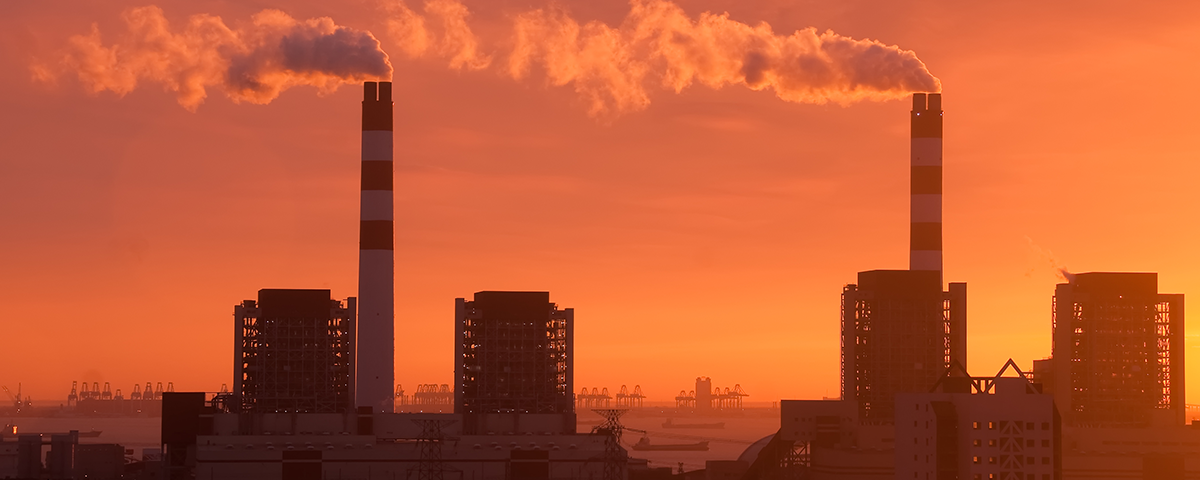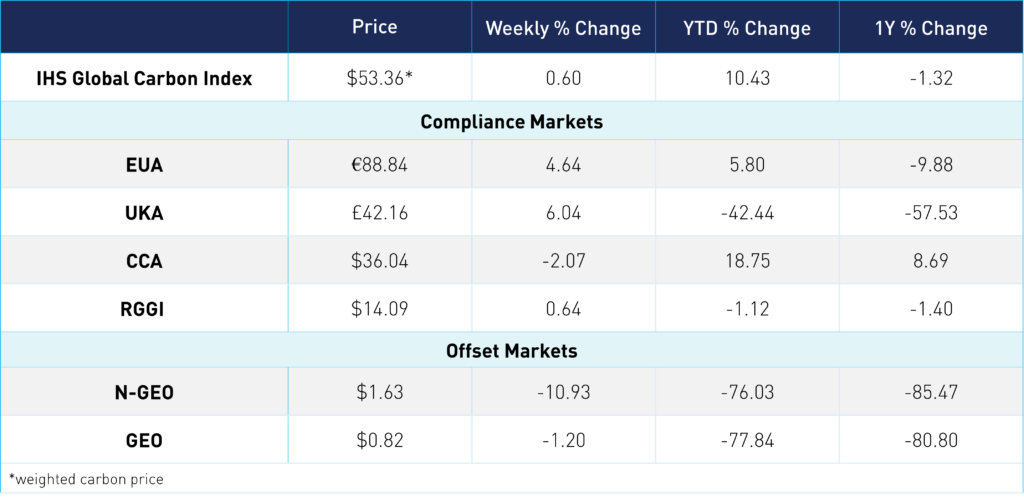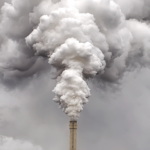
Wildfires and Extreme Heat Underscore the Importance of Carbon Pricing
2 Min. Read Time
August marks the height of the summer lull in carbon markets, and this year is no exception. EU emission allowances are steady in the mid-€80s/tonne, while prices for California carbon allowances have spent the last two weeks around the $35-$36/tonne area as the market awaits the results of the quarterly auction held this past Wednesday.
While the markets may be taking a holiday, the summer is marked by many extreme weather events that underscore the urgency of climate action. Recent news coverage has focused on the wildfires in Maui, which have been the deadliest US blazes in more than 100 years. Smoke from wildfires in Canada swept across the US hitting places as far east as New York and Washington D.C. as more than 25 million acres burned.
Heatwaves and wildfires have also affected southern Europe, particularly in Spain and Portugal, where temperatures have reached 44° Celsius (111° F). In northern Italy, temperatures as high as 48° Celsius were quickly followed by hailstorms that injured hundreds. The Italian alpine guides association warned that the extreme heat could cause landslides in the glaciers that still cover some of the high altitudes in the far north of the country.
In Norway, storms this month have caused widespread flooding and landslides and led to a breach in a hydropower dam on the Glama River. The same storms caused floods in Sweden’s second-largest city of Gothenburg. These floods have caused billions of euros in damage and forced the evacuation of thousands of people in Slovenia.
Extreme weather has also hit countries ranging from India, Madagascar, Guam, and Myanmar. On August 1 (mid-winter in Chile), the temperature reached 35° Celsius, more than 15° higher than normal. Record water temperatures in the Atlantic this year are likely to mean the coming hurricane season is 60% likely to be more intense than usual. Meanwhile, sea ice coverage in the Antarctic is 20% less than the previous record low. Globally, we're seeing some of the highest temperatures ever recorded, with the period from July 3-6 marking the hottest four days on record worldwide, with the average global temperature reaching more than 17° Celsius (63° F).
The sheer number of extreme weather events and worrying data tell us that the impacts of climate change are continuing to mount in both number and intensity and that we need to speed up both our efforts to reduce the rate at which we add greenhouse gases into the atmosphere and to remove as much of the existing CO2 as we can in the shortest possible time.
All of these weather events, and hundreds more, including typhoons, cyclones, and floods, have brought climate change and its impacts to the top of the news agenda – again. The world may already be struggling to contain the long-term impacts of the Covid pandemic and economic turbulence, but climate remains the one paramount threat to us all. And while researchers work to develop new technologies that can help us pursue a low-carbon future, the financial markets can contribute their capital to the solutions that already exist: mechanisms like carbon cap-and-trade programs that reward decarbonization and generate the incentive to go further.
Carbon Market Roundup
The global price of carbon is $53.36, up 0.6% week-over-week. EUAs were up 4.6%, at €88.84. UKAs also moved higher, up 6.0% at £42.16. Meanwhile, CCAs were down 2.1% at $36.04. RGGI prices remained flat, up just 0.6% at $14.09. N-GEOs declined by 10.9% to end at $1.63, while GEOs were down a slight 1.2% at $0.82.











